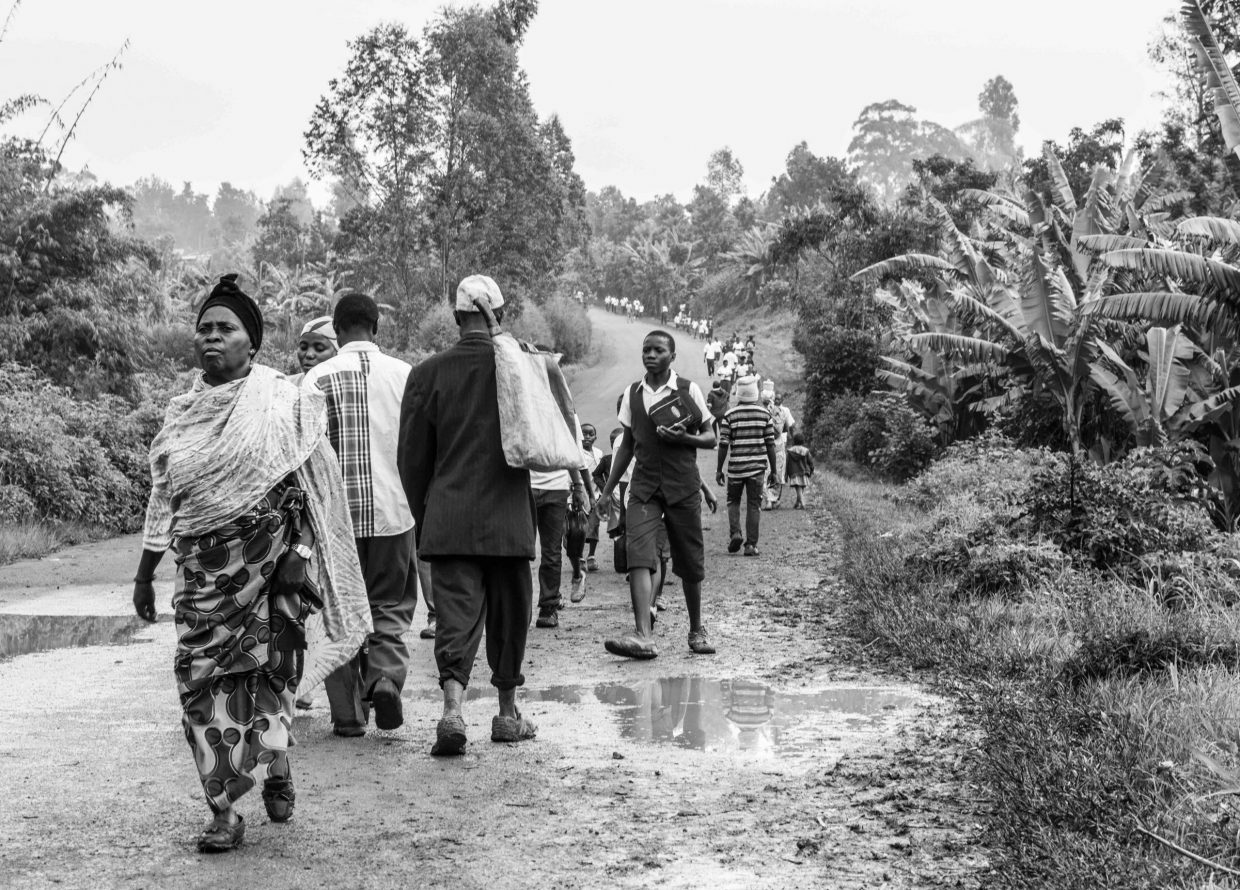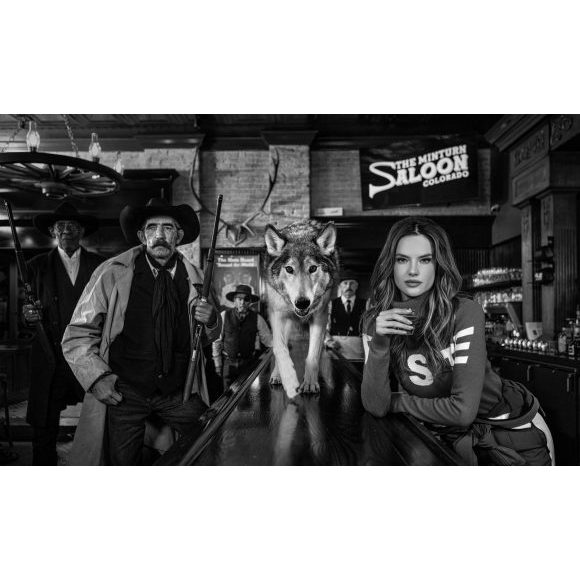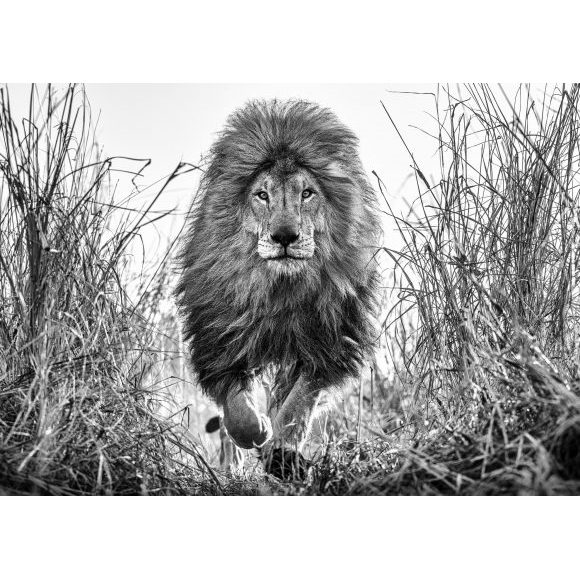Letter From The DRC
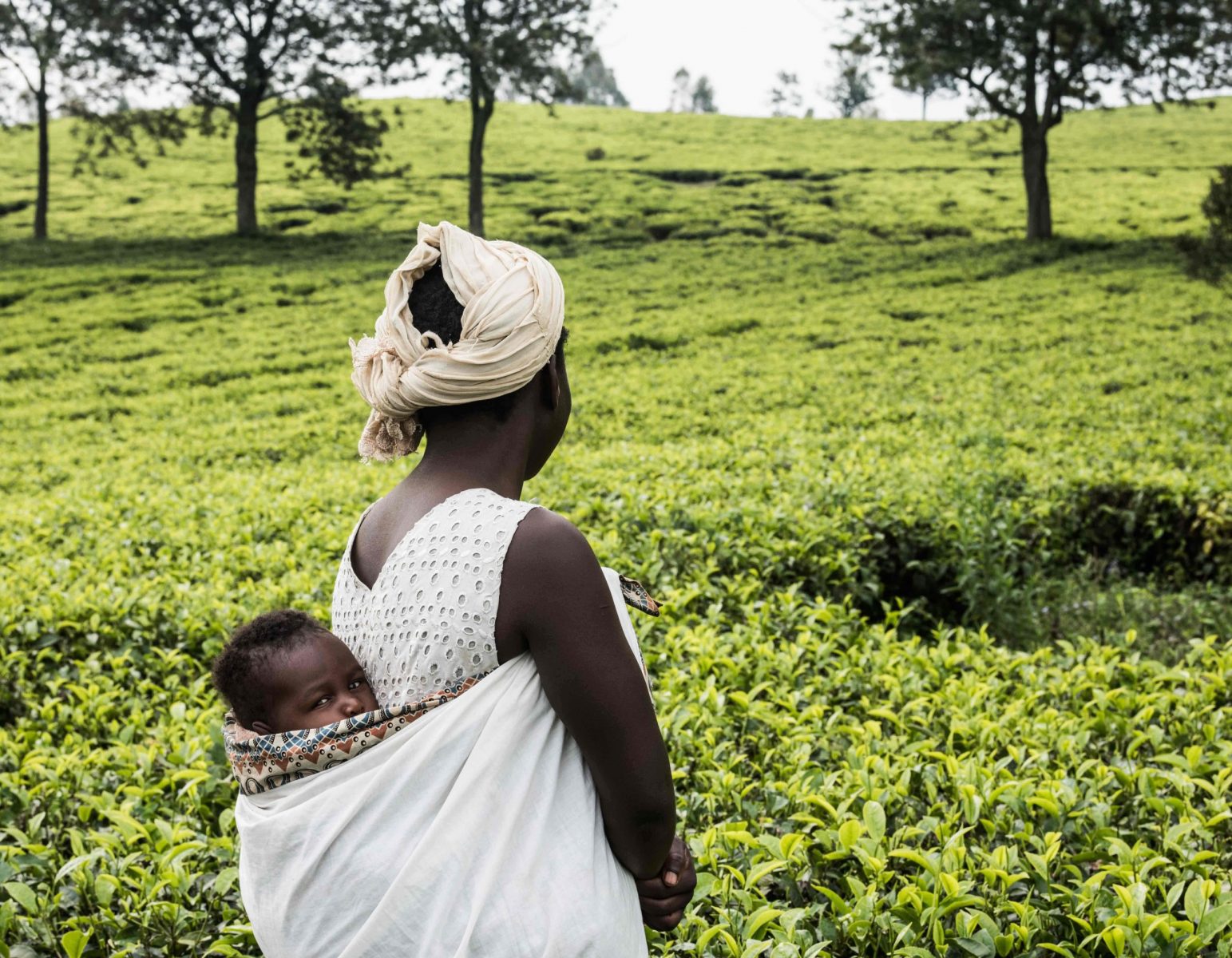
One of my earliest childhood memories was sitting in the family home outside Glasgow watching Scotland play their first group game of the 1974 World Cup Finals in West Germany. The nation had ground to a halt with excitement, not just because we thought that we were good (repetitive denial), but also because we were playing a team called Zaire from deepest Africa. They were the first black African country to qualify for the World Cup. It was seen as being historical and also easy. Scots have always craved that unlikely combination.
It wasn’t, of course, easy in Dortmund that afternoon, but a decent Scotland team beat their skillful, but ill-disciplined opposition 2 – 0. In the days after, Zaire players started “in fighting” over pay, or lack of it and their tournament rapidly disintegrated. The team’s rebellious behaviour reached a crescendo in their final pool match against the World Champions, Brazil.
After the 1974 World Cup in West Germany, everyone’s second favourite subbuteo team became Zaire. To play in their colours made you different, exotic and potentially dangerous. Flicking those plastic players flamboyantly around, but then ultimately losing, gave you carte blanche not only to theatrically lift up the velvet pitch, but also burn down your neighbour’s house. This was defendable as you were defending Zaire’s legacy of ripping up the rule book. No sane British home warmly welcomed a teenage house guest boasting a Zaire subbuteo team in the autumn of 1974. It was all a bit of fun and the “Leopards” as Zaire were known, were “bad ass.”
Late on, when faced with a dangerous free kick from the great Rivelino, one Zaire defender simply had enough of the famed Brazilian’s pre “banana kick” pomp; he broke from the wall and whacked the ball off into the distance. It remains one of the most played clips in World Cup history. If you have not seen it, You Tube is there for you.
Zaire played a big part in World Cup folklore, simply because they fully opened our eyes to the bigger world. This was Africa – black Africa, attention demanding black Africa and we fully embraced it. However, troubled and chaotic years lay ahead for Zaire. As we all know, the country has endured some dreadful wars since the summer of 1974.
A few days ago, some 43 years on from Dortmund, I gingerly laid my first footprint on Zaire soil – except of course the country is now called The Democratic Republic of Congo. Belgium’s infamous legacy remains – French tongues, Belgium architecture and a modest hint of French cuisine. But this is no colonial “Happy Valley” – the DRC has been a violent “Death Valley”.
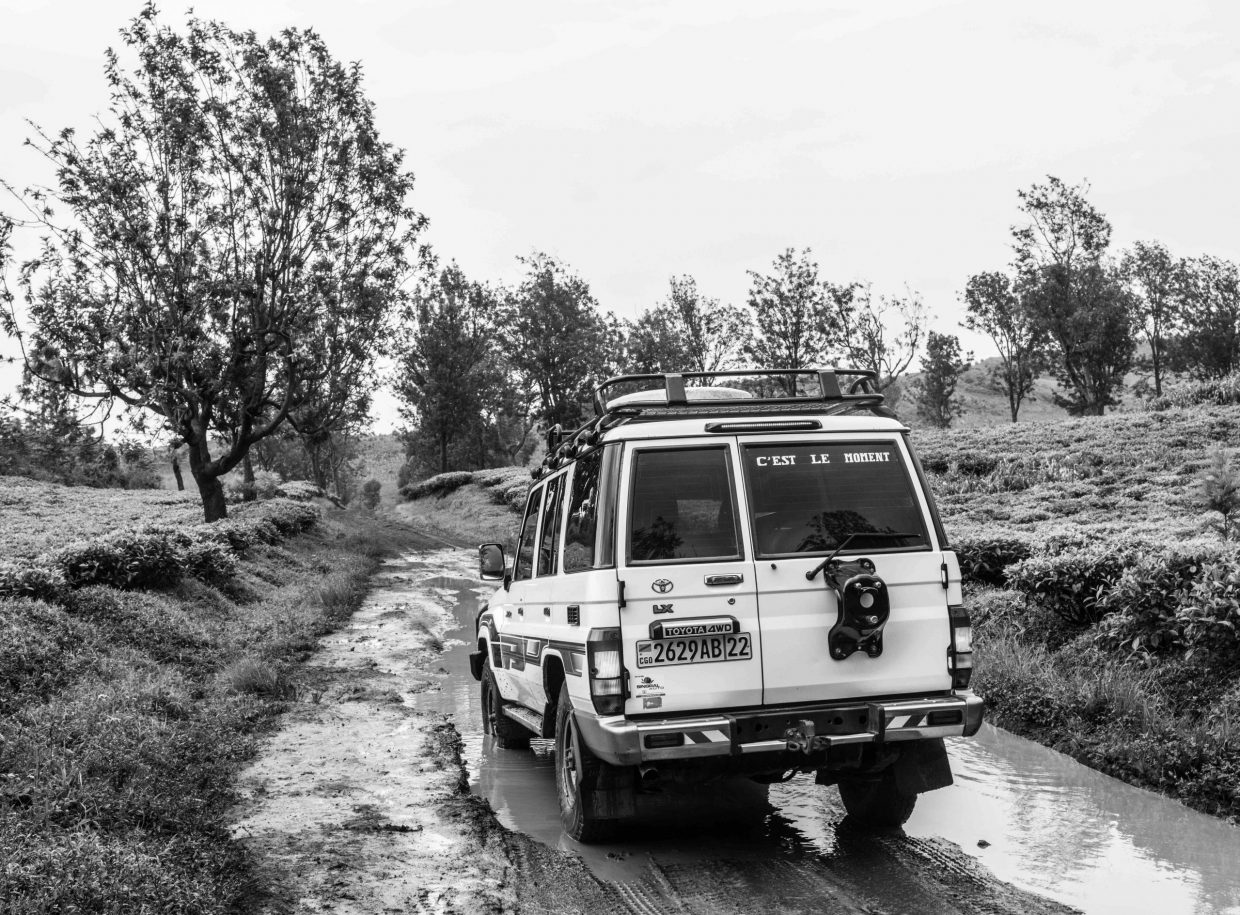
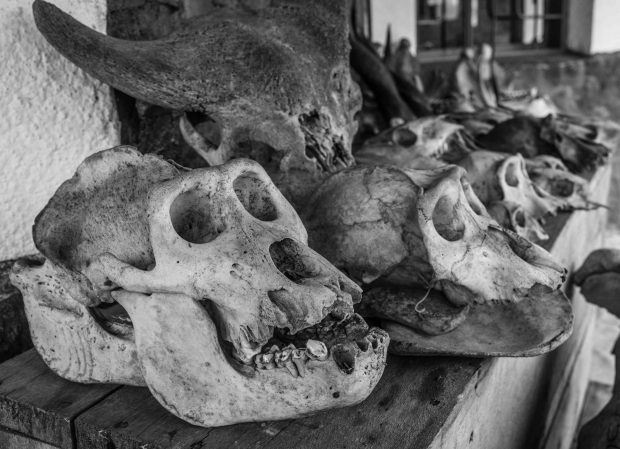
It is thought provoking that there still remains this tangible colonial influence. The DRC is 76 times the size of Belgium and boasts a population of 67 million as opposed to its former colonialists’ 11 million. Belgians take no pride in their African legacy and equally there is no fondness in the DRC towards its former masters. Do not take pictures without permission in the DRC.
This country is surely Africa’s greatest tragedy, because unlike the marginalised Saharan countries to the north, the DRC has always had too much rather than too little and its mineral wealth has been the root of so much conflict. The second Congo war – which only ended 9 years ago – claimed 4.5 million lives – making it the deadliest conflict since World War II.
I did not travel to parachute in and document human life in a now calmer DRC, that would be a year’s work and beyond my skill set and time limits. Rather, I wanted to spend time with the biggest and most inaccessible gorillas in the world – the East Lowland gorillas.
This last week was not my first rodeo with this alpha primate. I have been to Rwanda 4 times and to be candid, I have largely failed to do the gorillas’ enormity and strength much justice, with the exception of one shot. My approach has evolved and matured over the years. I know now that I must get close and low in order to capture both the textural detail around the silverback’s face and if possible a pulpable sense of place.
I have also understood that there is no need to climb up the mountain with telephoto lenses. Magnification and compression of distance manifestly reduce the photographer’s ability to impose himself on most situations.

The whole experience of a tropical rainforest is dumbed down with a telephoto lens and I am always looking for a big shot, not a stock photography shot. Rainforest and long lenses do not work. I am also less interested in the younger or infant gorillas because whilst they are undeniably cute, to me, it is all about the adults. To be facing a fully grown gorilla in his or her natural habitat is one of the world’s great wild encounters.
The DRC is a more raw experience than Rwanda. Virunga National Park, in Northern Rwanda, hosts up to 64 visitors a day paying a tidy $750 each for the experience. This brings in $45,000 a day to the park and assuming full occupancy, around $17m over a year. Throw in accommodation, tips, transport and it is possible that the “gorillas in the mist” experience contributes over $50m a year to the Rwanda economy. No wonder a silverback holds centre stage on the Rwandan currency notes. The challenge that film makers face in Virunga is to garner fresh content. A load of Nikon and Canons make it up the mountain every day and everyone has the right to take a strong image.
Rwanda may sound dangerous and extreme, but in reality, it is both safe and mainstream. A photographer can leave London on a Monday morning and be recreating his own “Attenborough moment” 10,000 feet up in the rainforest before UK breakfast time on Tuesday. Since the genocide of 1992 Rwanda’s recovery under President Kagame is surely Africa’s greatest success story of the last two or three generations.
Conversely, conflict has been more recent in the DRC – and this vast country still lacks Rwanda’s political stability and infrastructure. I would estimate that for every 100 visitors to Virunga, only one makes it to Kahuzi Biega in the South East of this vast country to trek for the East Lowland gorillas – the largest simians in the world. As I write this, I think I may be underestimating this divide – indeed maybe it’s even 200-1. There are some good reasons for this; safety, ease of access and time constraints being the three most influential.
“To be facing a fully grown gorilla in his or her natural habitat is one of the world’s great wild encounters.”
There is no lodging in the Kahuzi Biega National Park, visitors must stay in Bukavo, a noisy and chaotic Congolese border city of 1 million people. Bukavo is at least a two hour drive from any point at which a demanding mountain trek could conceivably begin. In Virunga there are eight gorilla groups that are within easy walking distance of a vehicle drop off point, but in the Kahuzi Beiga there is really just one. The mountains are 8000 feet high and the gorillas could be resting anywhere. Rwanda is a morning experience, but in the DRC, there is every chance that you return to Bukavo after dusk.
The DRC is not for those that like “easy street”, which is precisely why I have always wanted to go. In my whole time in the country, I never saw another tourist or cameraman. The country’s name alone elicits foreboding imagery of strife and danger, and it is still a corrupt place where dollar notes are as much the facilitating language as French.
Tour operators have a formidable challenge to build a clientele base here – crossing the border is a rather draining two hours of waiting, paperwork and then kangaroo court type scrutiny.
My trip was a collaborative assignment with the help of TUSK and John Kahekya. John is the proud winner of the Prince William African Conservation Award of 2016, he knows the region intimately and encountered his very first gorillas over 30 years ago with the same local pygmy that we hired. Photography is about access and it was John who gave me this access in the DRC. there is no point turning up in Bukavo and trying to source the gorillas, there could be a few outcomes to that approach and not many of them would be favourable.
"To see the photographs that were captured on this assignment, click here."
Despite his modest home being attacked three times, John survived the Civil War through a combination of luck and self defence. Eventually he was forced to abandon his farm and tea plantation and relocate his family. Inevitably, just as in Virunga, the gorilla population in the park came under severe pressure during the civil war, but since the relative peace of 2008, John has led holistic conservation efforts in the park and surrounding communities. The number of gorillas in this vast 1.5m acre national park is now estimated to have risen 20% to around 200. Travelling with him not only secured my safety, but also the very best chances of taking a powerful photograph. John makes my conservation efforts seem most modest: he is a legend.
The abiding memory of my time in this part of the DRC was actually the volume of human traffic on the roads outside Bukavo. It was relentless in the early morning. We take much for granted in our daily lives and I will never complain about my work commute again. If you have the desire to tell stories and push boundaries, go to the DRC. It may change how you feel about your own life. Just be careful.
